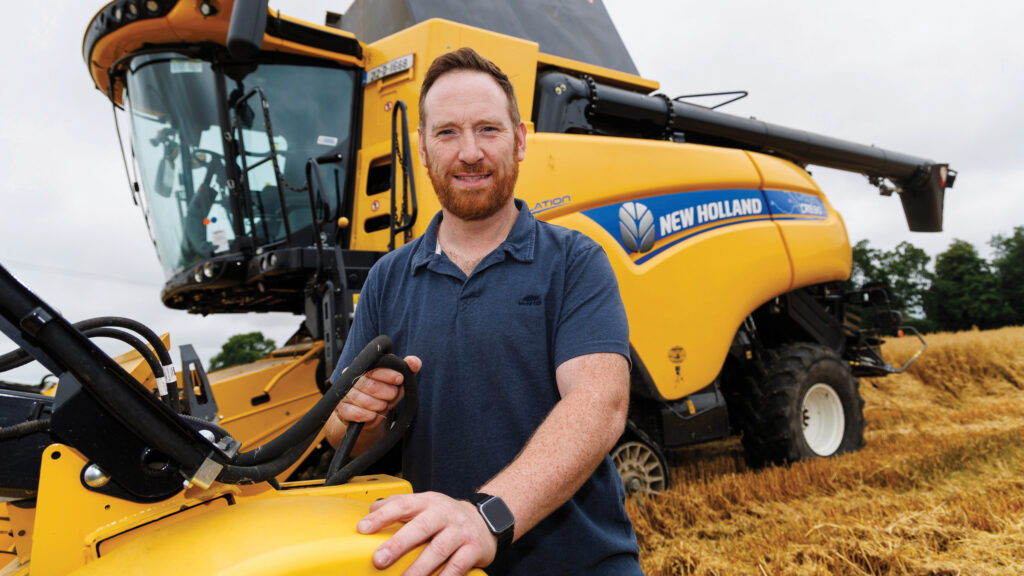Farmer Focus: There’s been massive change in our system
 © Damien Eagers Photography
© Damien Eagers Photography It’s 20 years since I finished college and started full-time farming, and I’ve seen massive change in our “farming system”.
Back then, a large amount of land was in continuous wheat. We still grew some sugar beet, had potatoes and a small acreage of oats, the process was simple.
However, the problems started to build up.
See also: Early sugar beet yields look good despite dry season
Soils were degrading and we got problems such as brome and wild oats, which seemed impossible to deal with, and the workload was extremely concentrated on key times of the year.
At the time, we could see that after break crops, we had far better yields with lower inputs.
The sugar beet industry was lost in this country and we decided to start growing OSR at that time.
We increased our acreage of oats, winter barley and have since introduced beans into the rotation.
Today, we only grow first wheat, followed by a break crop or winter barley, and barley is always followed with another break crop.
Land is rarely left bare over winter. We now take the chance to sow a cover crop and graze sheep when possible.
The benefits have been massive with this change. It’s much easier to achieve strong yields, even with significantly less inputs.
By returning straw from OSR, beans and oats to the soil, the system becomes less extractive and more sustainable.
Harvest and planting dates are spread out and we now import a lot of organic manure.
The plough and combination drill is our main establishment system.
We plant OSR directly behind a subsoiler leg, we try to use non-inversion cultivation for beans and, where possible, we sow wheat after these crops without ploughing.
Less cultivation or direct drilling would be the best step for reducing costs and increasing our soil health.
However, this is not a suitable option due to our very geographically dispersed farm with a lot of different soil types.
We evolve slowly, but in the right direction. Soil structure and fertility have improved.
We use a lot less fertiliser per acre – easily a 30% reduction.
We have diversity in cropping, which spreads risk, and grassweeds are now not a problem on the farm.


